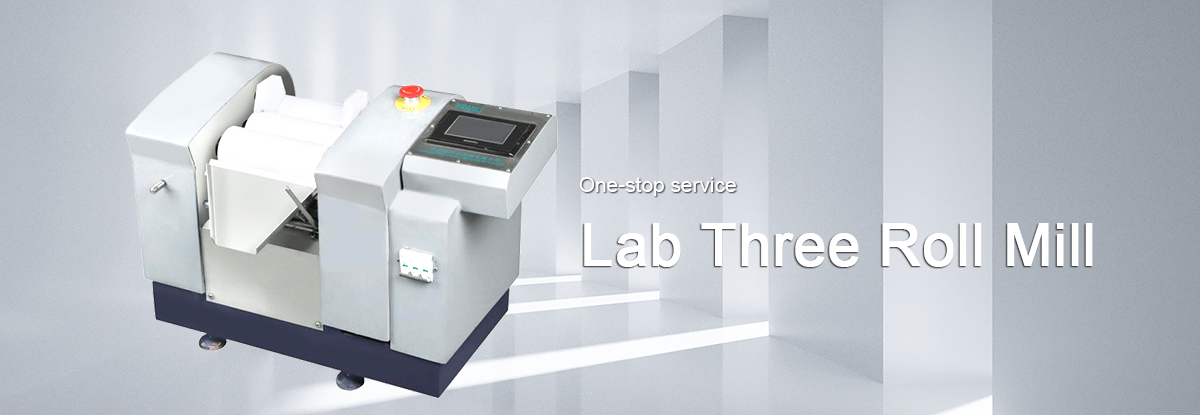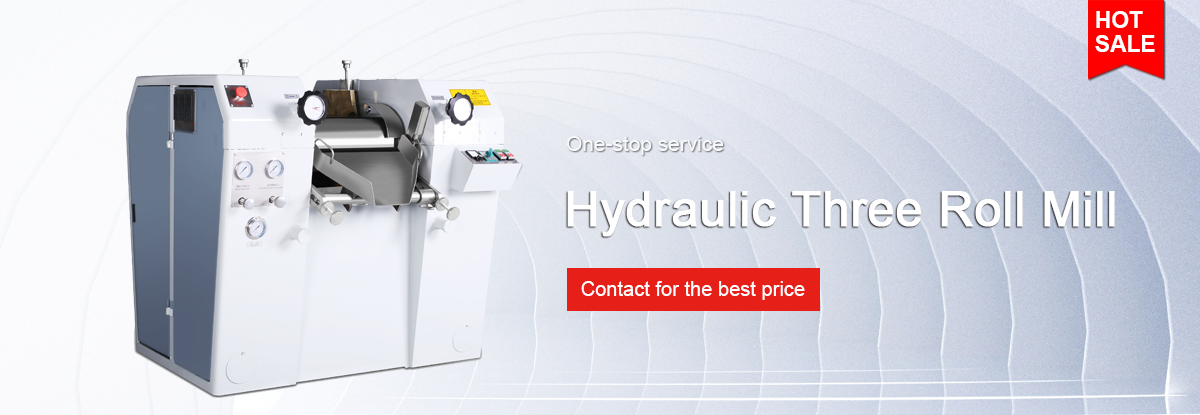-
Equipments
-
-
NEWS
- Double planetary mixer new t...
- Multiple paddle options of D...
- Double planetary mixer is th...
- Multiple mixing tanks with d...
- Double planetary mixer for c...
- Double planetary mixer can b...
- Double planetary mixer has E...
- Double Planetary Mixer Excel...
- Principle of asteroid rotati...
- Efficient and uniform mixing...
-
Contact Us
Or Contact Info
-
Coating
-
-
NEWS
- Double planetary mixer new t...
- Multiple paddle options of D...
- Double planetary mixer is th...
- Multiple mixing tanks with d...
- Double planetary mixer for c...
- Double planetary mixer can b...
- Double planetary mixer has E...
- Double Planetary Mixer Excel...
- Principle of asteroid rotati...
- Efficient and uniform mixing...
-
Contact Us
-
Adhesives
-
-
NEWS
- Double planetary mixer new t...
- Multiple paddle options of D...
- Double planetary mixer is th...
- Multiple mixing tanks with d...
- Double planetary mixer for c...
- Double planetary mixer can b...
- Double planetary mixer has E...
- Double Planetary Mixer Excel...
- Principle of asteroid rotati...
- Efficient and uniform mixing...
-
Contact Us
-
Agrochemistry
-
-
Agrochemistry
- Emulsifiable Concentrate
- Suspension Concentrate
-
-
-
NEWS
- Double planetary mixer new t...
- Multiple paddle options of D...
- Double planetary mixer is th...
- Multiple mixing tanks with d...
- Double planetary mixer for c...
- Double planetary mixer can b...
- Double planetary mixer has E...
- Double Planetary Mixer Excel...
- Principle of asteroid rotati...
- Efficient and uniform mixing...
-
Contact Us
-
Battery
-
-
Battery
- Battery Slurries
-
-
-
NEWS
- Double planetary mixer new t...
- Multiple paddle options of D...
- Double planetary mixer is th...
- Multiple mixing tanks with d...
- Double planetary mixer for c...
- Double planetary mixer can b...
- Double planetary mixer has E...
- Double Planetary Mixer Excel...
- Principle of asteroid rotati...
- Efficient and uniform mixing...
-
Contact Us
-
Cosmetic
-
-
Cosmetic
- Lipstick
- Eyebrow Pencil
- Ointment
-
-
-
NEWS
- Double planetary mixer new t...
- Multiple paddle options of D...
- Double planetary mixer is th...
- Multiple mixing tanks with d...
- Double planetary mixer for c...
- Double planetary mixer can b...
- Double planetary mixer has E...
- Double Planetary Mixer Excel...
- Principle of asteroid rotati...
- Efficient and uniform mixing...
-
Contact Us
Important Factors for Selecting a Three Roll Mill
The selection of industrial equipment can be a very effort-intensive task. Moreover, the introduction of new types of machinery creates further confusion for plant owners and operators. While they get the benefits of advanced and innovative functionality in new machinery, they are generally unaware of the true potential of new industrial equipment. Why? The primary reason is the lack of information about the different types and configurations of the machinery.
One such example of modern industrial equipment is the three-roll mill. It is basically a machine that leverages shear force generated by three horizontally placed rolls, which rotate in opposite directions and at varying speeds relative to each other. The primary function of the mill focuses on mixing, refining, dispersing, and homogenizing viscous materials entered in it. Let us learn more about the three-roll mill and how to choose one.
What Are Three Roll Mills?
The three-roll mill is one of the prolific developments in the field of industrial equipment in the 19th century. The working of the mill actually involves dispersion for fine particles. When the fine particles show signs of agglomeration in the traditional agitators, the three roll mill employs shear force for breaking the agglomerates. Most importantly, three roll mills have the capability for reducing particles to the size of 1 micron. In addition, the three roll variant also exhibits adequate versatility for a wide range of high shear applications.
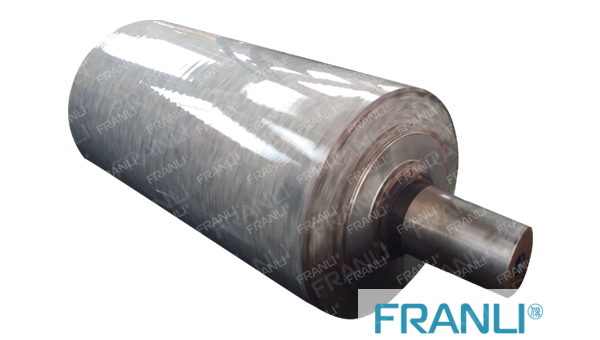 The roller part of the three roll mill
The roller part of the three roll mill
Brands and Sizes of three roll mills
Mill operators would have to come across situations where they need new three roll mills or TRM. On the other hand, you also have scenarios where the TRMs require servicing or replacement of parts. A closer reflection on the different types of mill brands and sizes for TRMs could help in expanding your knowledge.
Over 95% of the three roll mills in North America presently in production are limited to a few brands. The notable mentions include ANTHONY, DAY, KENT, ROSS, BUHLER, and LEHMANN. Some of the other notable brands include COX, INQUE, MOLTENI, MERCURY, and GERMAN LEHMANN.
Additionally, you could also find many other independent and reputed manufacturers of TRMs from India, China, and Korea. The three-roll mills by these brands differ in terms of size according to the area of application. TRMs can be applicable for lab and pilot projects as well as small production, mid-production, and large production use cases.
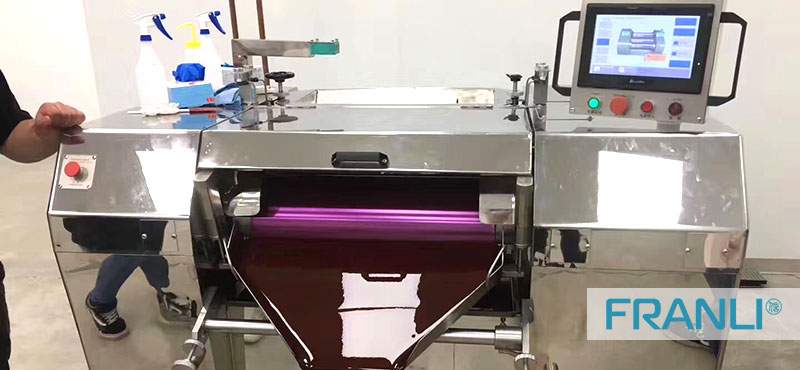 three roll mill
three roll mill
Endplate Systems
The difference between a proper three-roll mill and an imposter would definitely become clearly visible with an overview of the types of endplate systems. You can find three common types of endplate systems in the case of three roll mills. The three different types of endplate systems are,
· DAY-style endplates
· ANTHONY-style endplates
· KENT-style endplates
When you are trying to look for three roll mills, you need to take note of the endplate systems. The different endplate systems serve distinct use cases, and you can choose the TRMs on the basis of your requirements. Let us take an overview of the types of endplates you can find in three roll mills.
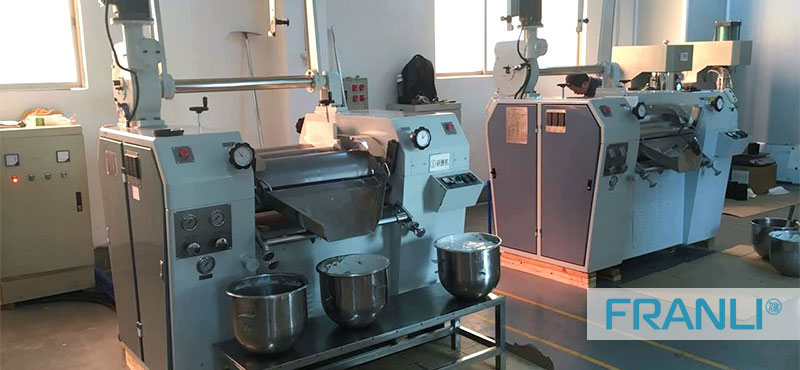 three roll mill
three roll mill
DAY-style Endplates
DAY-style endplates are positioned on the bevel of the roll. In addition, it is also important to lap the endplates on the bevel, thereby creating a watertight seal. It is clearly evident that the endplates do not have any actual contact with the roll. As a result, they are capable of offering better efficiency since they do not generate additional heat. However, the design of DAY-style endplates is not suitable for immediate installation. Such types of endplates need fitting or lapping with ground glass. Interestingly, DAY-style endplates are capable of supporting mixing in the feed nip.
ANTHONY-style Endplates
ANTHONY-style endplates find a place on the undercut of the rolls. The seal by the endplate presses strongly against the vertical face of the roll. So, you can observe that these endplates come in contact with the roll, thereby creating more heat. On the contrary, ANTHONY-style endplates have the value advantage of easier installation as you don’t need fitting with ground glass. These endplates also feature capabilities for enabling mixing in the feed nip.
KENT-style Endplates
KENT-style endplates are positioned just on the surface of the roll. The design of these endplates allows only a small amount of product to move under the endplate. Therefore, it can provide a full coating for the roll ends prior to transferring the product to the apron roll. The gradual wear of these three roll mill endplates would lead to more product migrating outward. Interestingly, it is possible to move the endplates inward to avoid concerns of spitting.
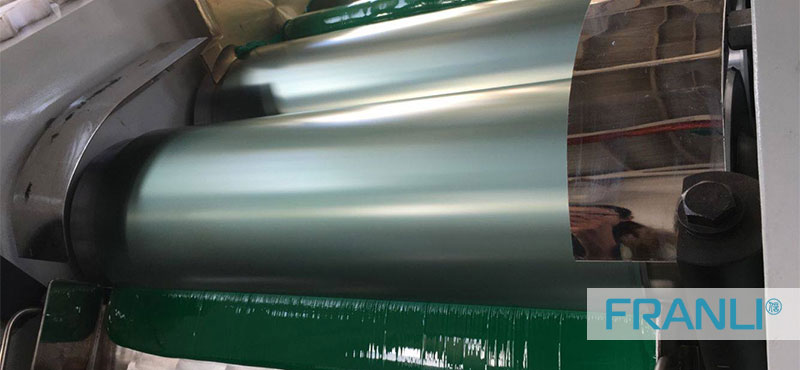
Three roll mill at work
The endplates do not come in actual contact with the roll, thereby reducing the amount of heat generated. As a result, the KENT-style endplates are ideal for products that highly heat sensitive. At the same time, these endplates also offer the facility of easier installation without the need for fitting with ground glass. However, KENT-style endplates do not support mixing in the feed nip.
Configurations of the Roll
Another important factor in the selection of a three-roll mill will obviously refer to the configuration or arrangement of the rolls. You could find three fundamental configurations for rolls in TRMs such as horizontal plane, inclined plane, and vertical TRM. The inclined configuration requires comparatively limited floor space in comparison to the horizontal configuration.
On the other hand, the vertical configuration needs lesser floor space in comparison to inclined configuration. The inclined and vertical configurations have their in-running nip at a lower level than the horizontal configured TRM. The basic underpinning for this specification is the support for easier feeding of product to the feed nip at a lower level.
As you can notice, the choice of three roll mills can be quite difficult. However, you have the flexibility of choosing from different choices which are tailored for different applications. If you want to find the best three roll mills for your chemical or industrial manufacturing or processing plant, FLE can help you find the ideal choices. Contact now for consultation regarding your requirements and identifying the suitable pick among three roll mills for you. Grab the chance to own a revolutionary piece of industrial equipment right now!
Copyright Notice :
This article only represents the author's point of view.
This article is published under the authorization of the author.
Source:
This article address : Important Factors for Selecting a Three Roll Mill
Related Suggestion:
Double planetary mixer new type of mixing equipment
Multiple paddle options of Double Planetary Mixer
Double planetary mixer is the first choice for paste materials
Multiple mixing tanks with double planetary mixer
Double planetary mixer for chemical products
Double planetary mixer can be vacuum feeding
Related Products
-

Vacuum Double Planetary Mixer
A Vacuum double planetary mixer is an essential part of any industry to mixing particular material. A double planetary m...
-

Laboratory Double Planetary Mixer
Laboratory double planetary mixer is a kind of non-standardized strong mixing and mixing equipment developed by FLE for ...
-

Hydraulic Lifting High Speed Disperser
The hydraulic lift high speed disperser has the characteristics of simple operation and high flexibility.The hydraulic l...
News
-
28
2023-04
-
28
2023-04
-
28
2023-04
-
28
2023-04
-
28
2023-04
-
28
2023-04
- Tricks About Ointment Mill You Wish You ...
- A deep insight into Sand Mill Machine
- What is the difference between dyno mill...
- How To Choose Vertical Bead Mill or Hori...
- What is a three roll mill machine?
- Three Roll Mills: Their mechanism, advan...
- Specification of high speed disperser an...
- high speed disperser machine application
- Faults and Trouble Shooting Methods of H...
- How to operate High-Speed Disperser












